|
ID |
Nickname |
Country / City |
Languages |
Taxonomies |
Comment |
Project / Group |
Map |

|
43435
|
|
United States
Honolulu
|
|
|
(HC)
Domain: Drive through parking lot
Purpose: Denoting the owner of this vehicle to be of an Uncle figure.
Audience: All audiences, seen as a novelty sticker
Format: Bumper sticker on the back of a pickup truck
Message: "Unko status," known in Hawaii, Uncle, or "Unko" is usually a colloquial term for an adult male in Hawaii, as a term of endearment.
|
Multilingual Hawaiʻi
|
|

|
43434
|
|
United States
Honolulu
|
|
|
(HC)
Domain: Long's Drugs Greeting Card Department
Purpose: Pidgin is used as an expression of congratulating any recipient of the card.
Audience: Customers looking to buy a local-themed greeting card
Print: 3x5" greeting card
Message: "Chee hoo" is an expression of congratulations in HWC.
|
Multilingual Hawaiʻi
|
|
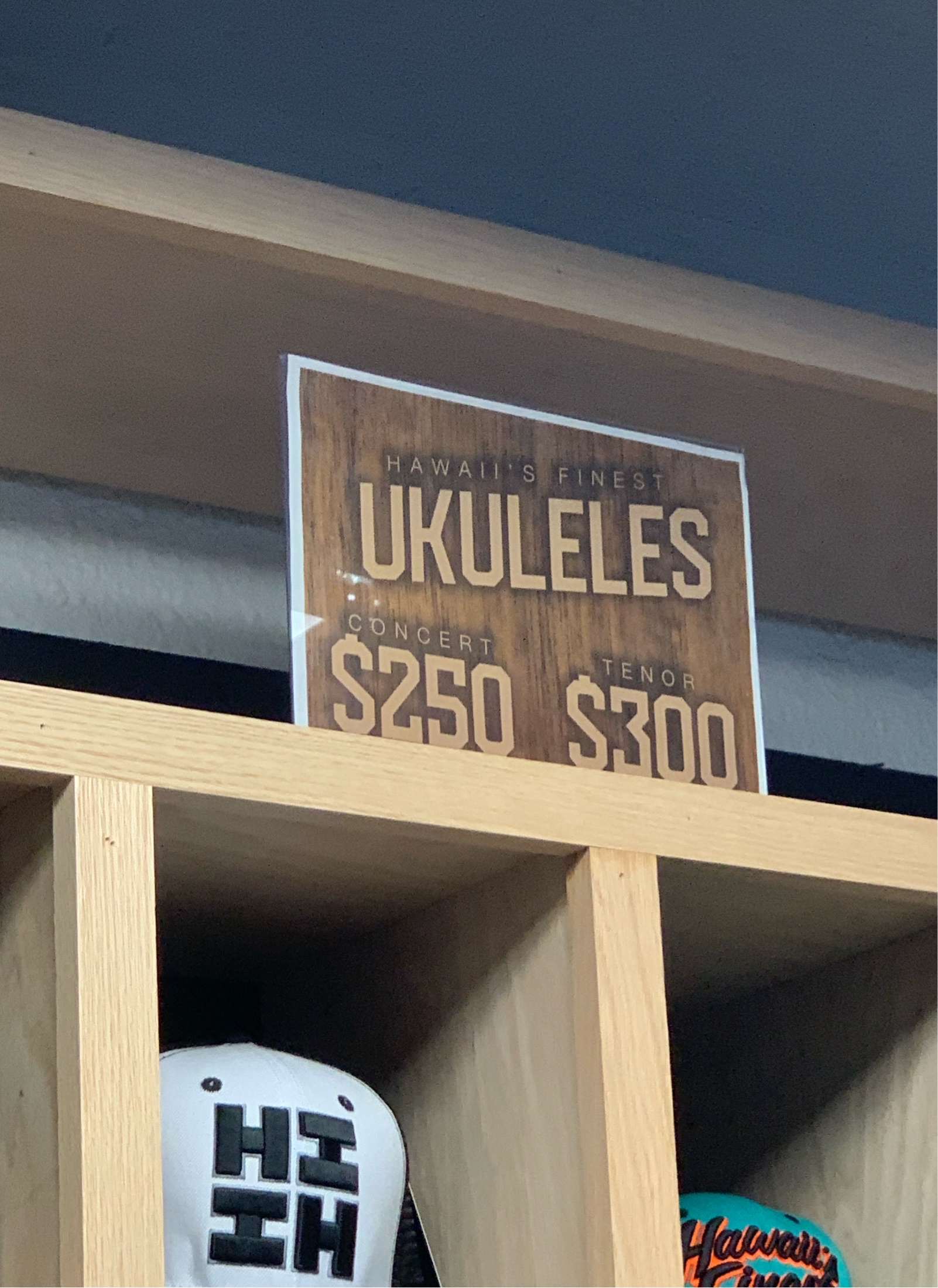
|
43433
|
|
United States
Honolulu
|
|
|
(HC)
Domain: Sales sign at Hawaii's Finest LLC.
Purpose: To denote the sale of tenor and concert ukuleles.
Audience: Customers who are in the market to purchase an ukulele.
Printed: Laminated paper sign
Message: Ukuleles were brought to Hawaii by Portuguese settlers, and has been a cultural icon for the islands since. "Ukulele," is a Hawaiian term that translates to "Jumping flea," similar to the movement of the fingers across the ukulele's fretboard.
|
Multilingual Hawaiʻi
|
|

|
43432
|
|
United States
Honolulu
|
|
|
(HC)
Domain: Silk-screened t-shirt
Purpose: To convey a popular local expression.
Audience: Locals who enjoy saying: "Aloha fo' days", locals who enjoy the color and branded manufacturer of the shirt.
Printed: AAA cotton t-shirt
Implied message: "Aloha" translates to a universal term in Hawaiian to "love". "Love (for days)"
|
Multilingual Hawaiʻi
|
|

|
43431
|
|
United States
Honolulu
|
|
|
(HC)
Domain: Hawaii's Finest Clothing
Purpose: To denote sizes of the t-shirts on the rack.
Audience: Children and Women
Printed: Slate display board
Message: Classifying the sizes of the t-shirts, in this case intended for use of women and children.
|
Multilingual Hawaiʻi
|
|
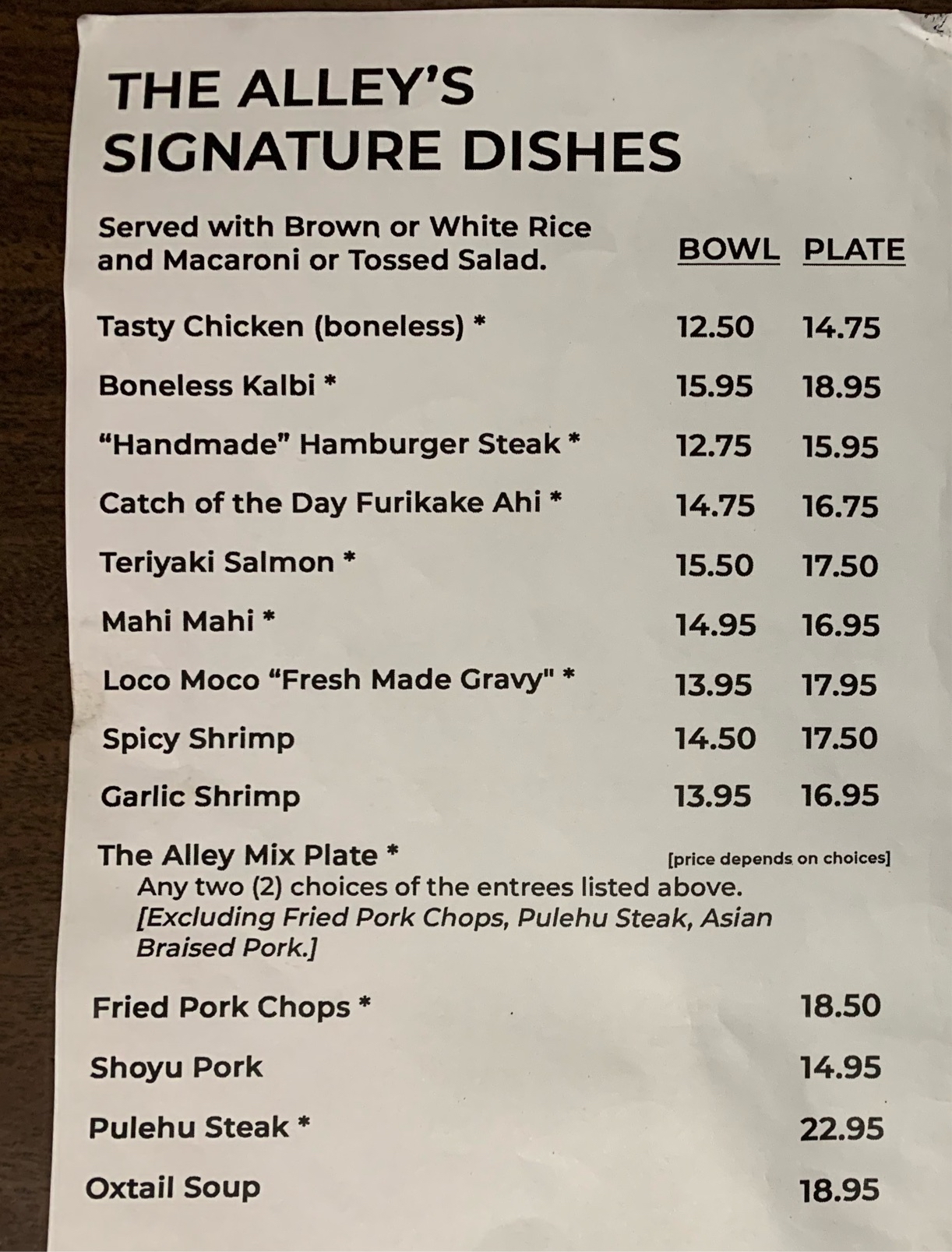
|
43383
|
|
United States
Aiea
|
|
|
NIP
|
Multilingual Hawaiʻi
|
|
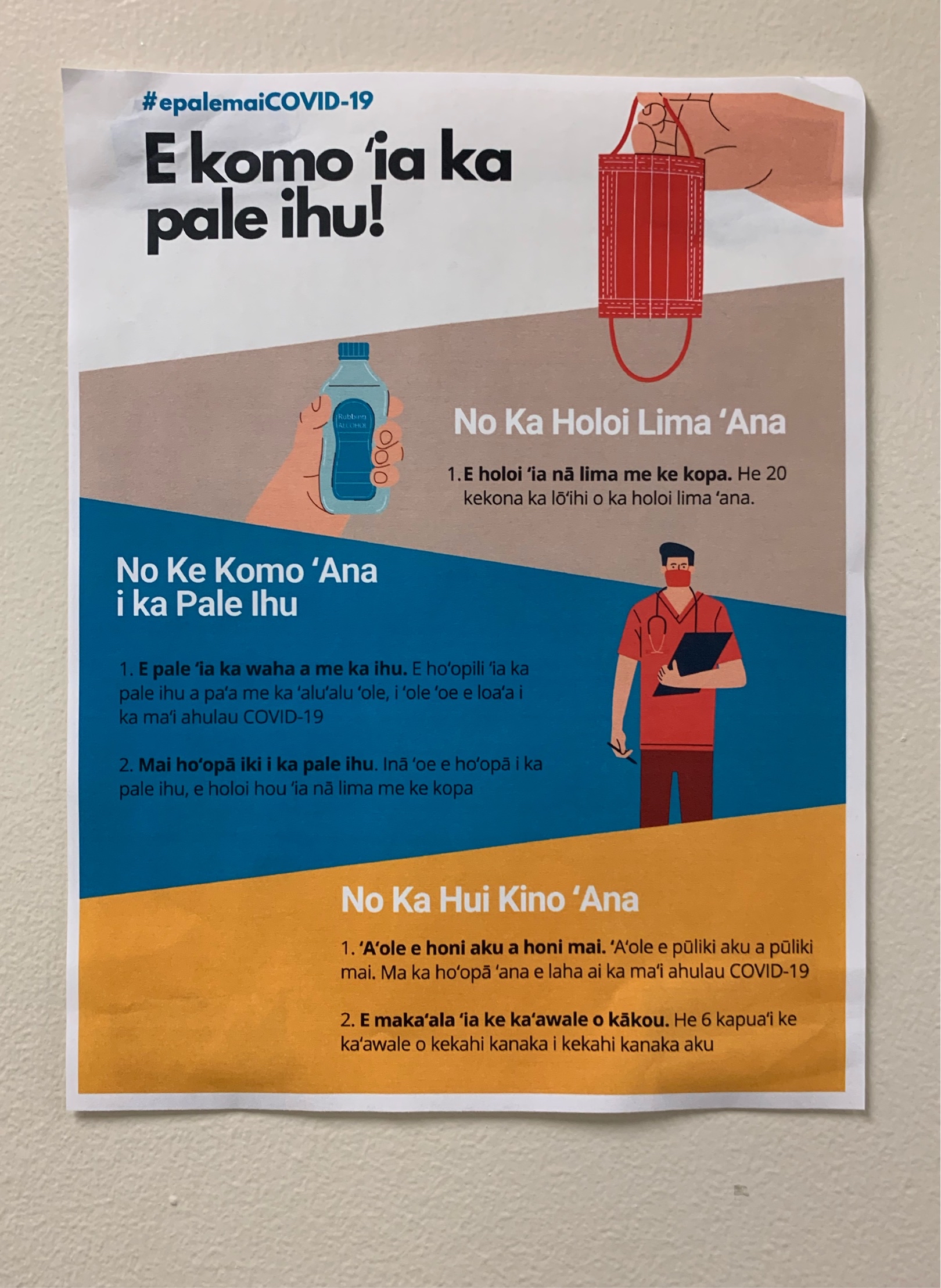
|
43382
|
|
United States
Honolulu
|
|
|
SK
|
Multilingual Hawaiʻi
|
|
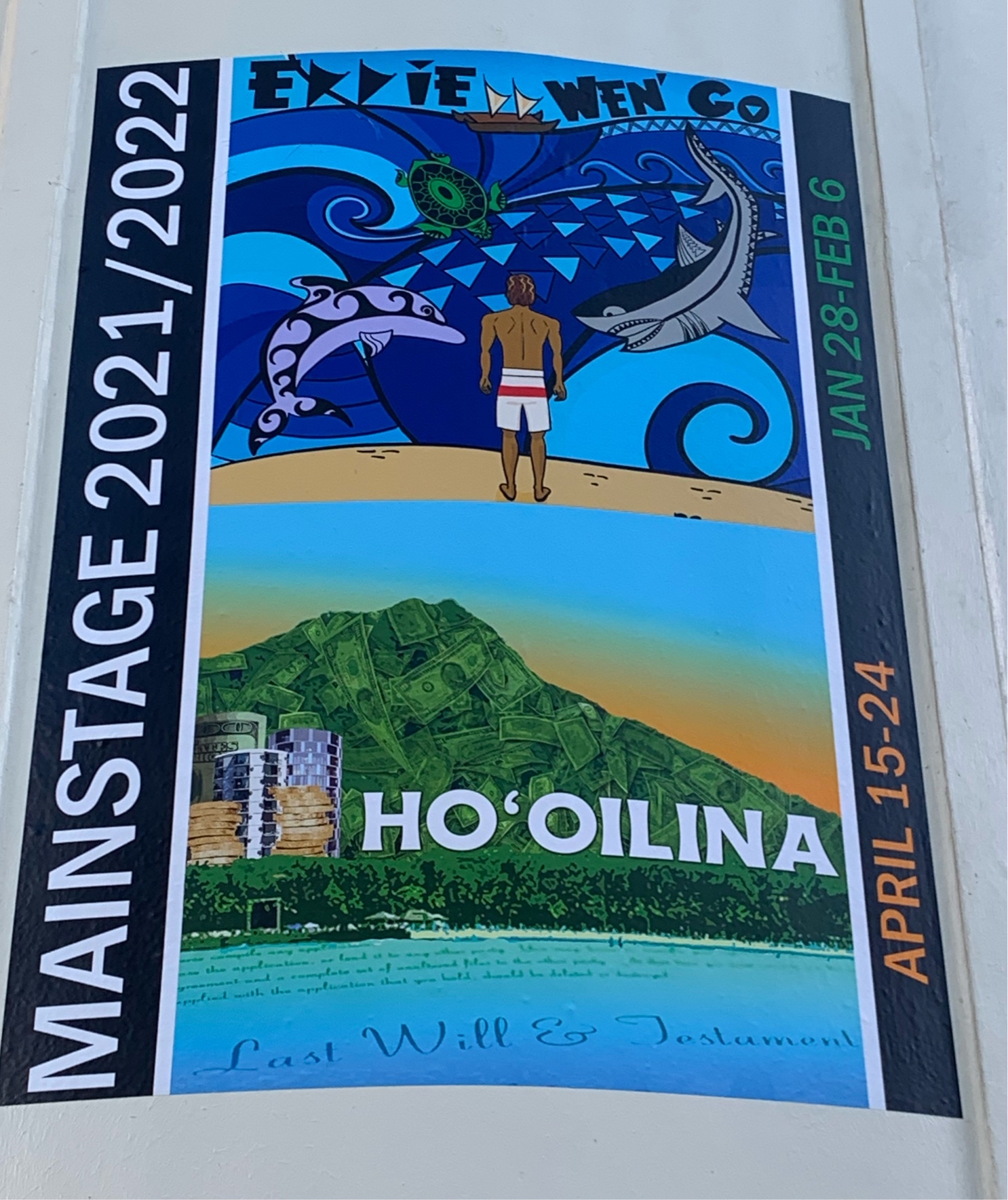
|
43381
|
|
United States
Honolulu
|
|
|
SK
|
Multilingual Hawaiʻi
|
|
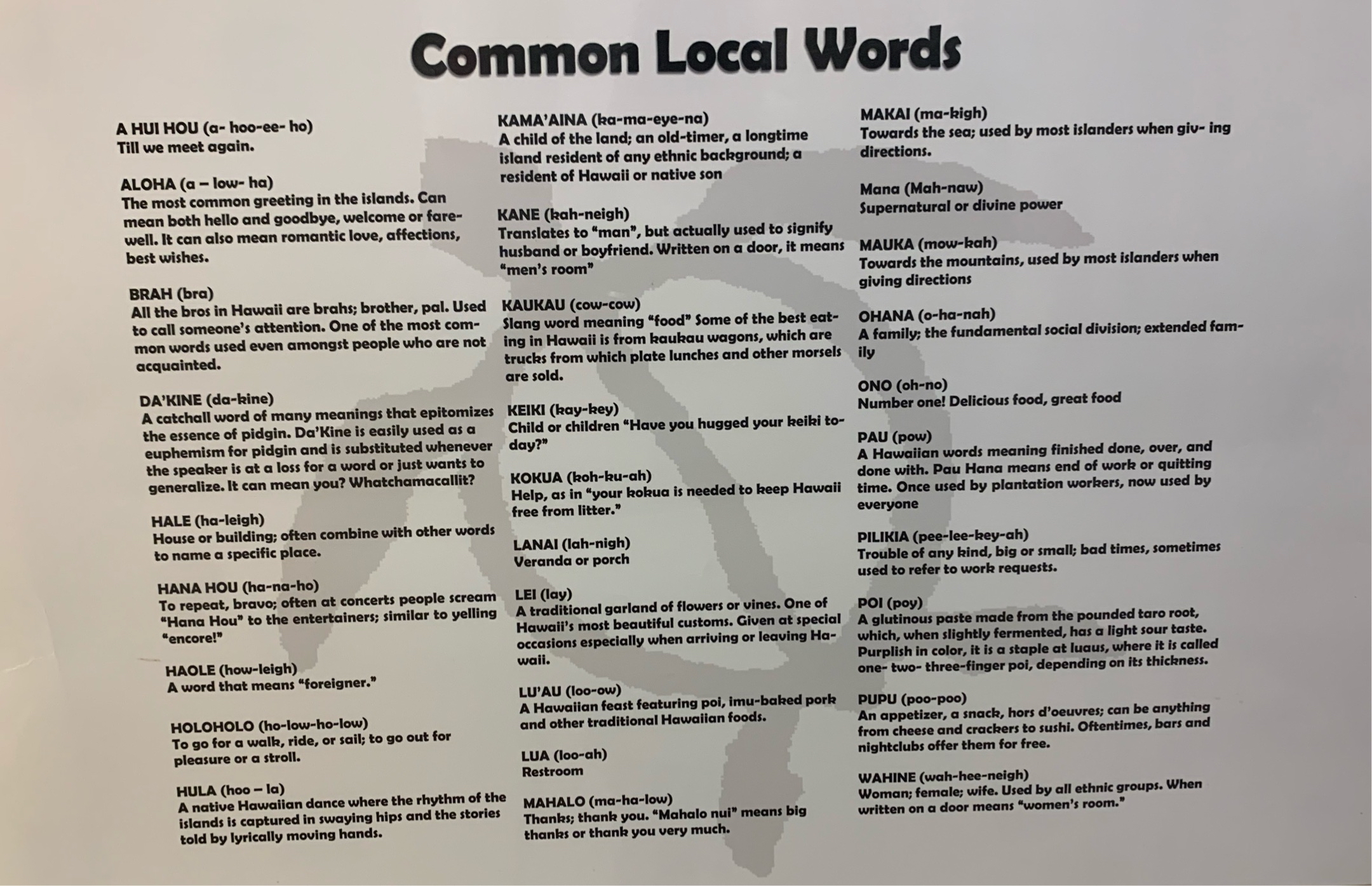
|
43380
|
|
United States
Honolulu
|
|
|
SK
|
Multilingual Hawaiʻi
|
|
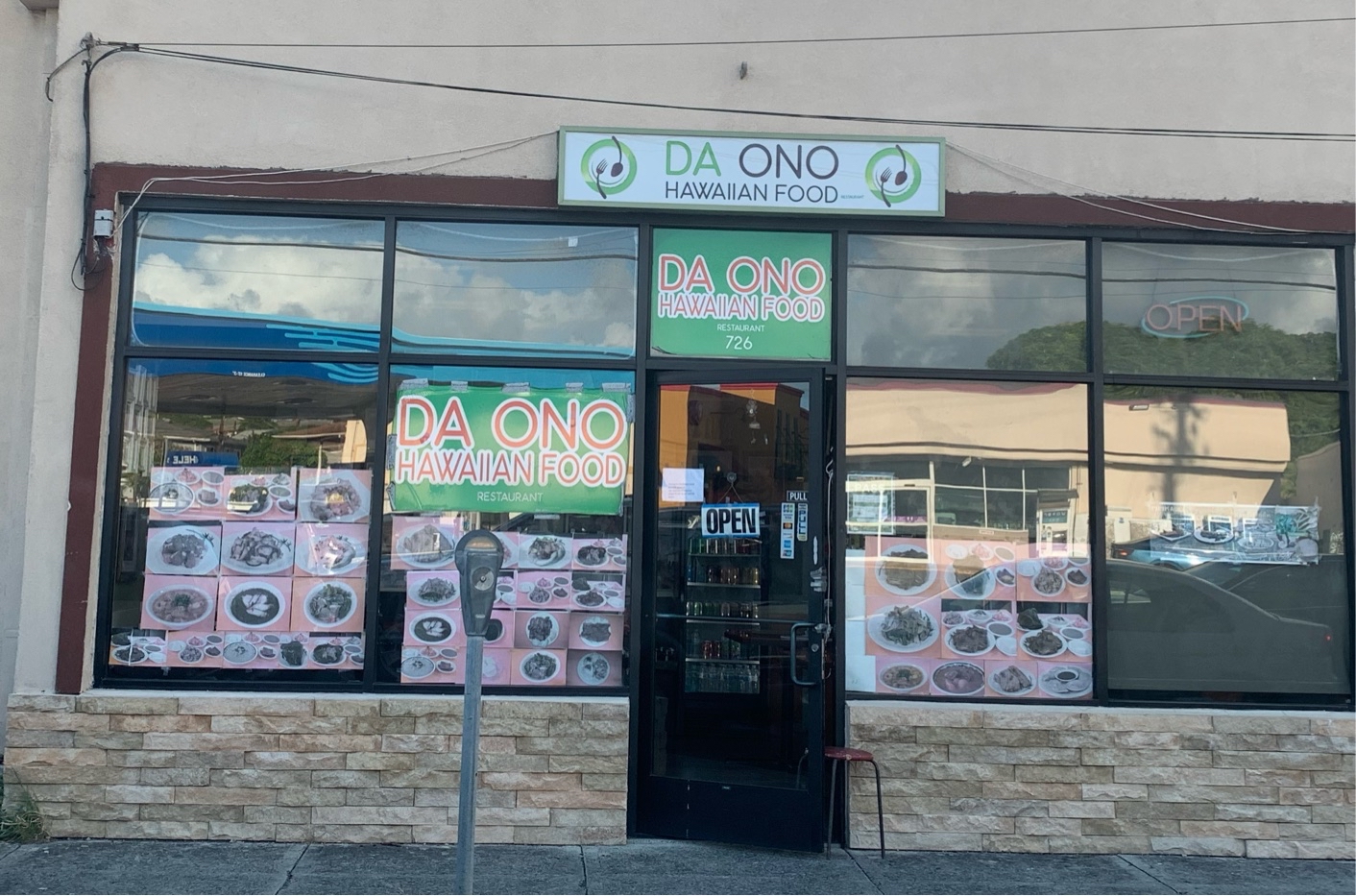
|
43379
|
|
United States
Honolulu
|
|
|
SK
|
Multilingual Hawaiʻi
|
|
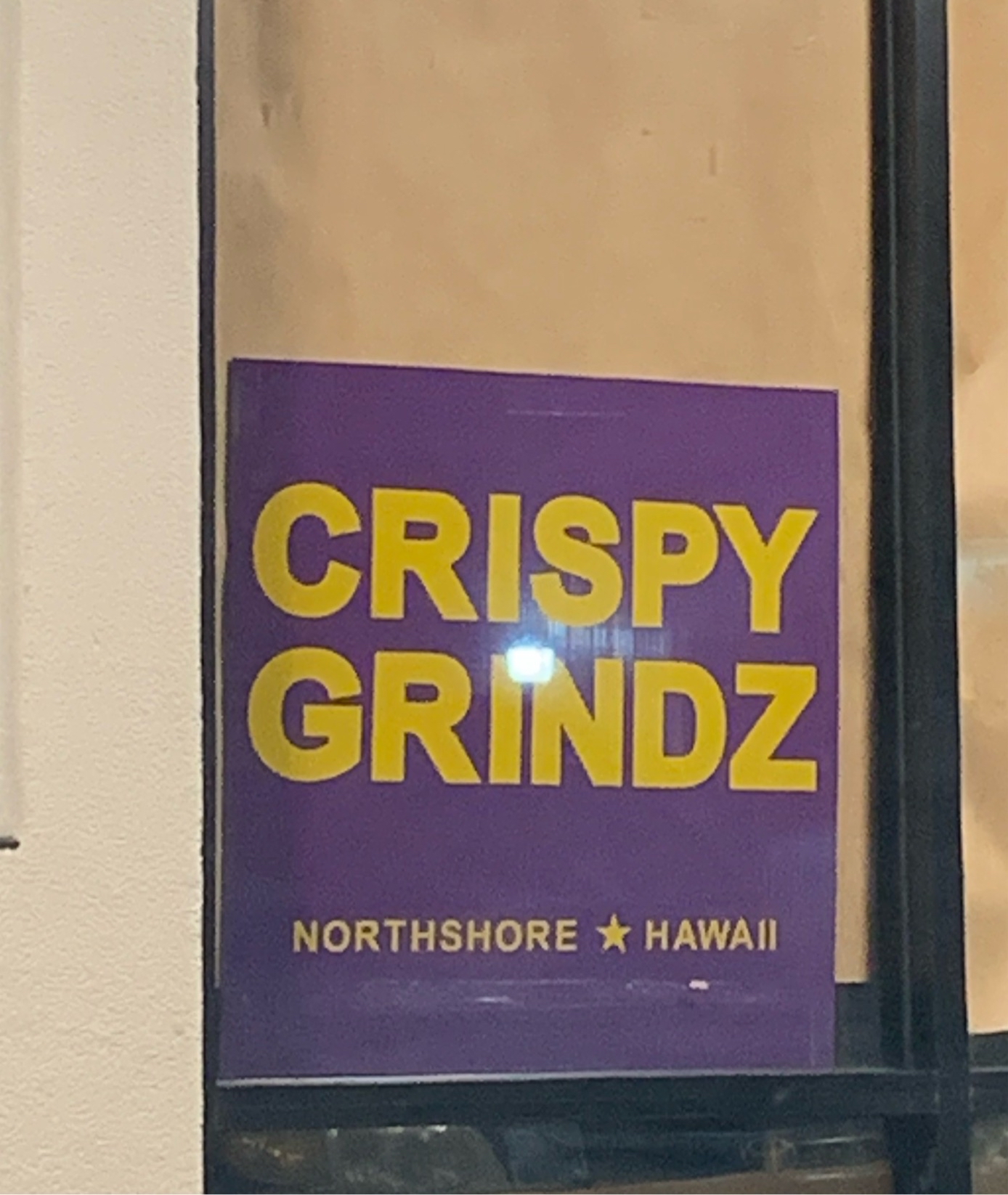
|
43378
|
|
United States
Laie
|
|
|
SK
|
Multilingual Hawaiʻi
|
|
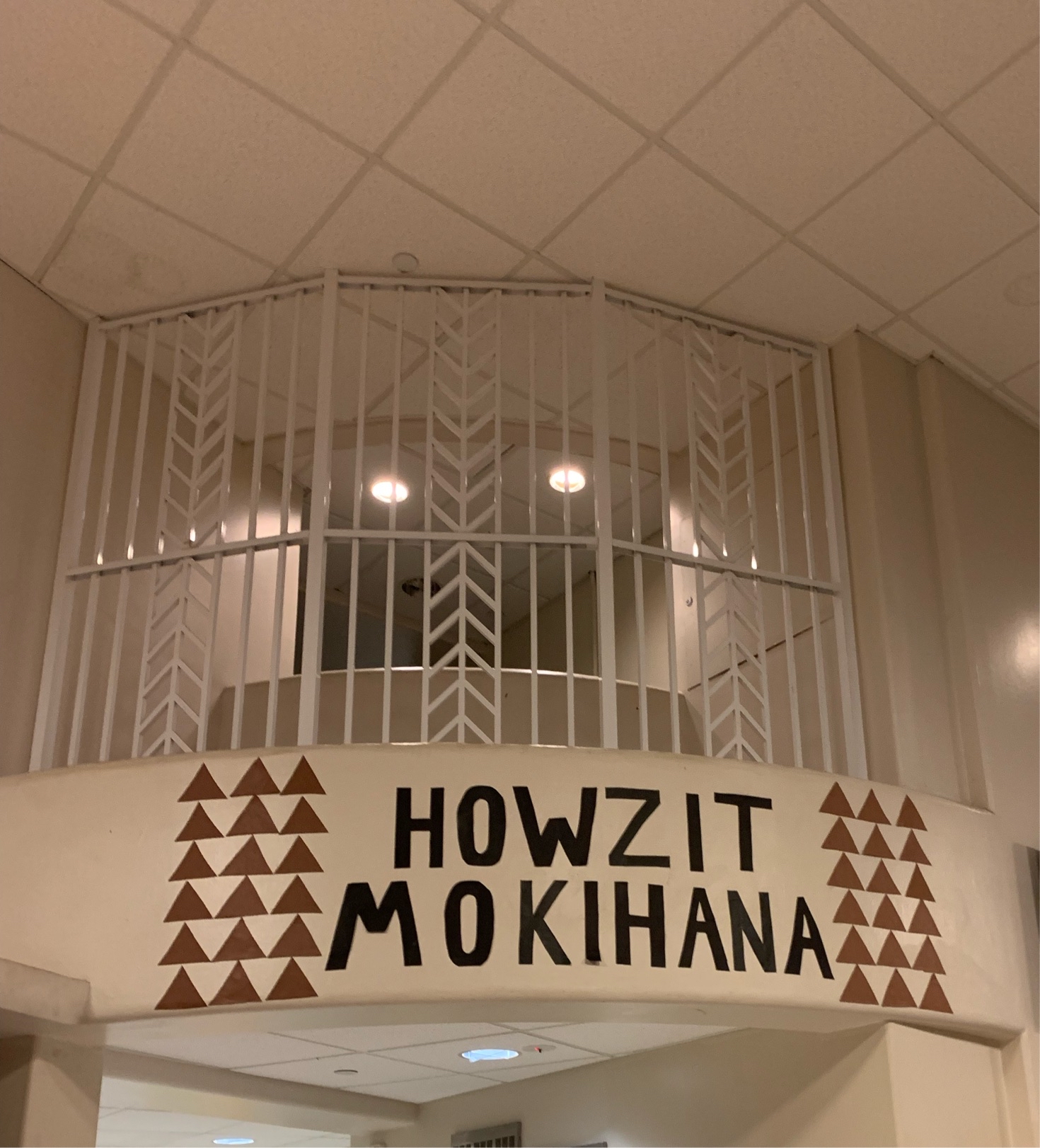
|
43377
|
|
United States
Honolulu
|
|
|
SK
|
Multilingual Hawaiʻi
|
|
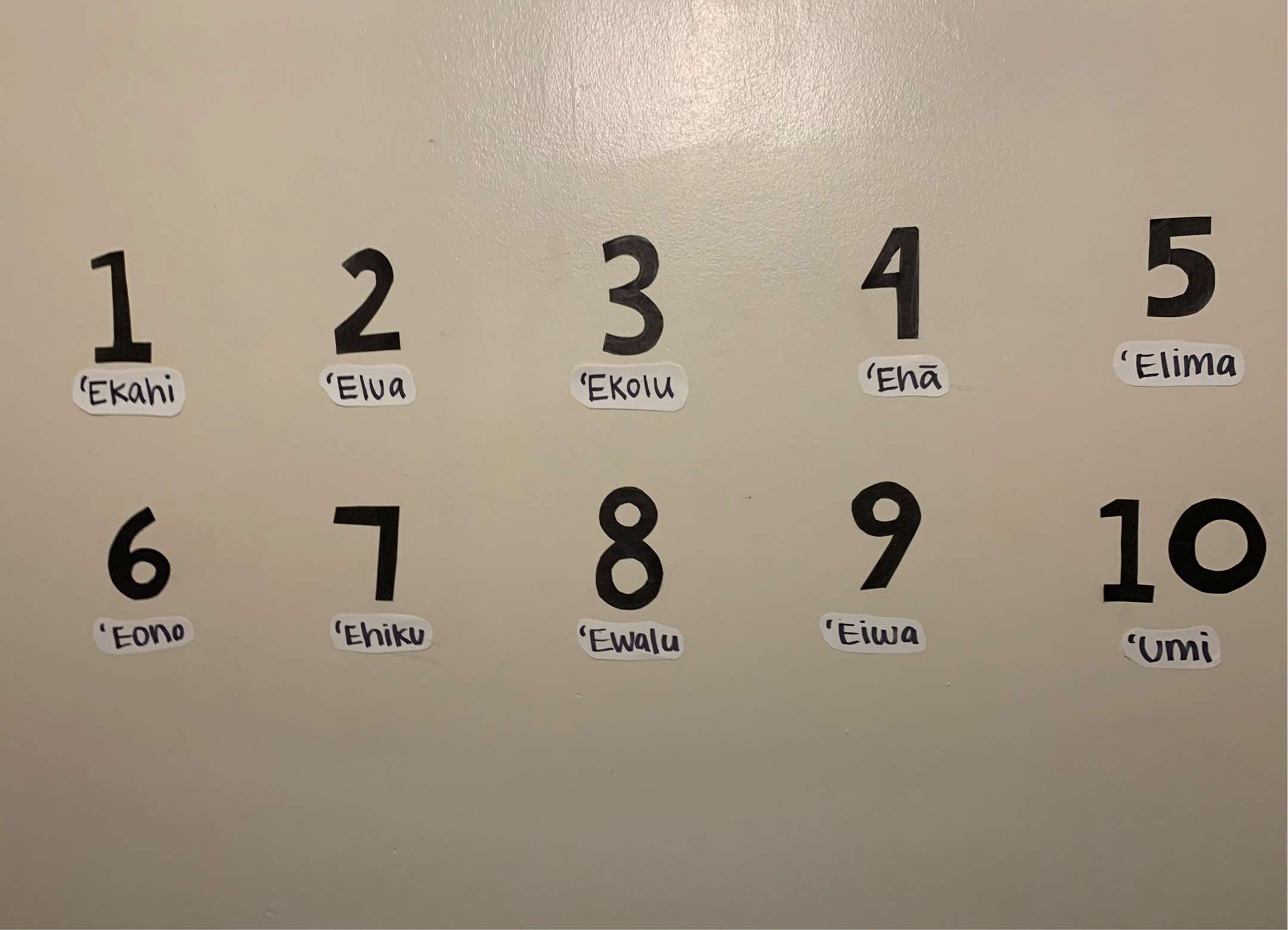
|
43376
|
|
United States
Honolulu
|
|
|
used in UHM dorms to advocate for Hawaiian language and culture
SK
|
Multilingual Hawaiʻi
|
|
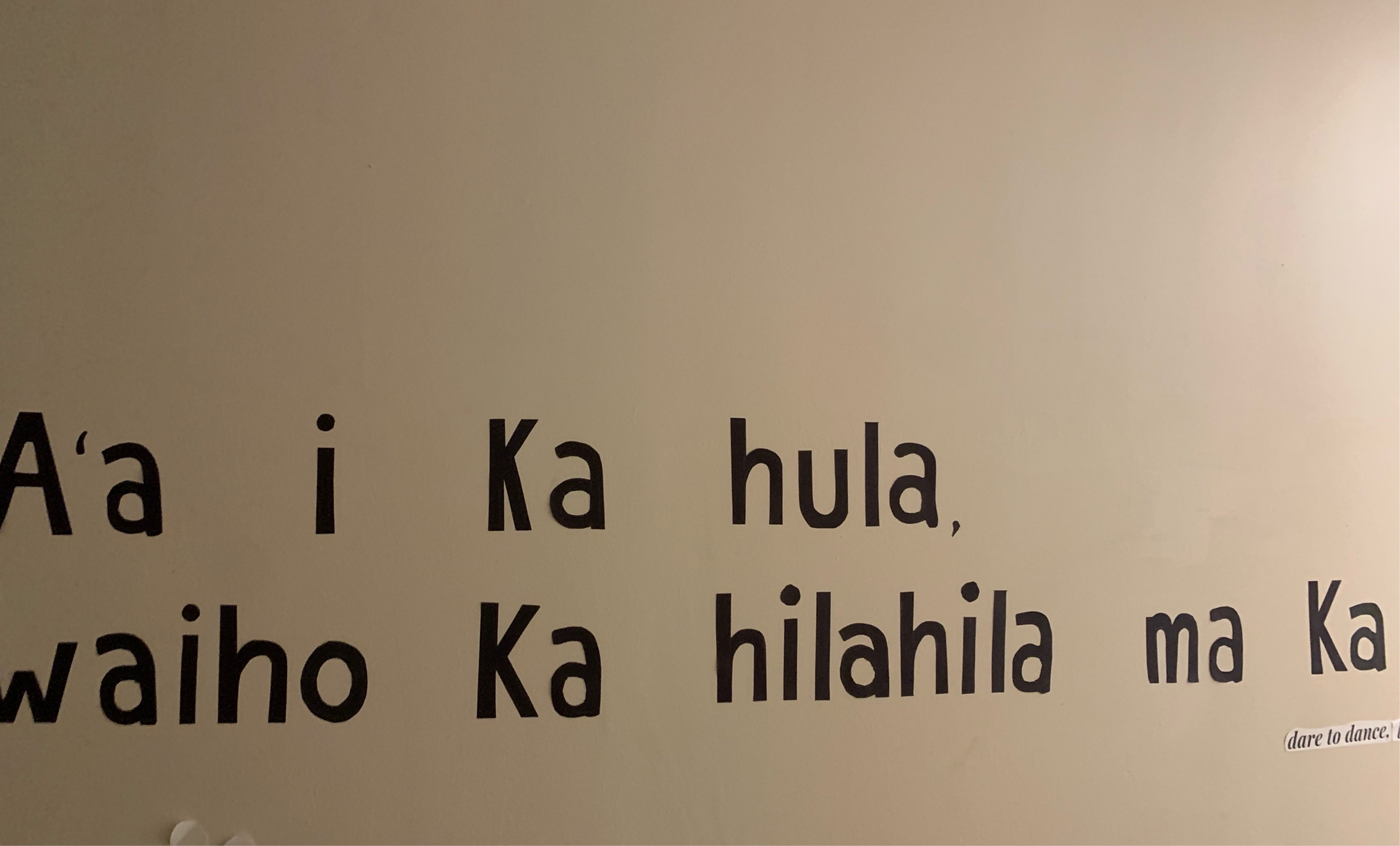
|
43375
|
|
United States
Honolulu
|
|
|
in UHM dorms to advocate for Hawaiian language and culture
|
Multilingual Hawaiʻi
|
|
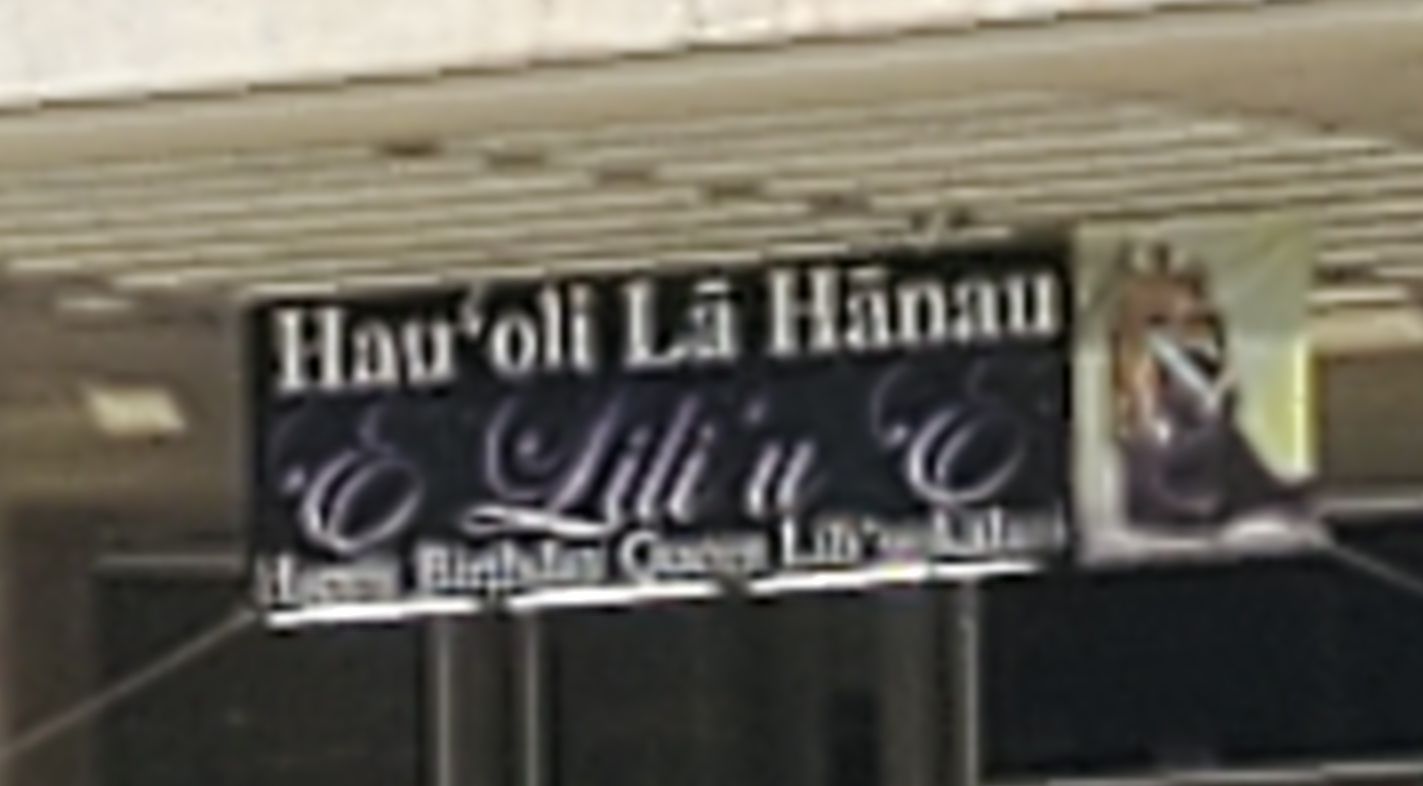
|
43089
|
|
United States
Honolulu
|
|
|
KA: Hawaiian wishes Queen Liliu a happy birthday
|
Multilingual Hawaiʻi
|
|

|
43088
|
|
United States
Honolulu
|
|
|
KA: Pidgin here asks if one has children. then suggests Spam.
|
Multilingual Hawaiʻi
|
|

|
43087
|
|
United States
Honolulu
|
|
|
KA: Pidgin here is used to mean stop or end
|
Multilingual Hawaiʻi
|
|
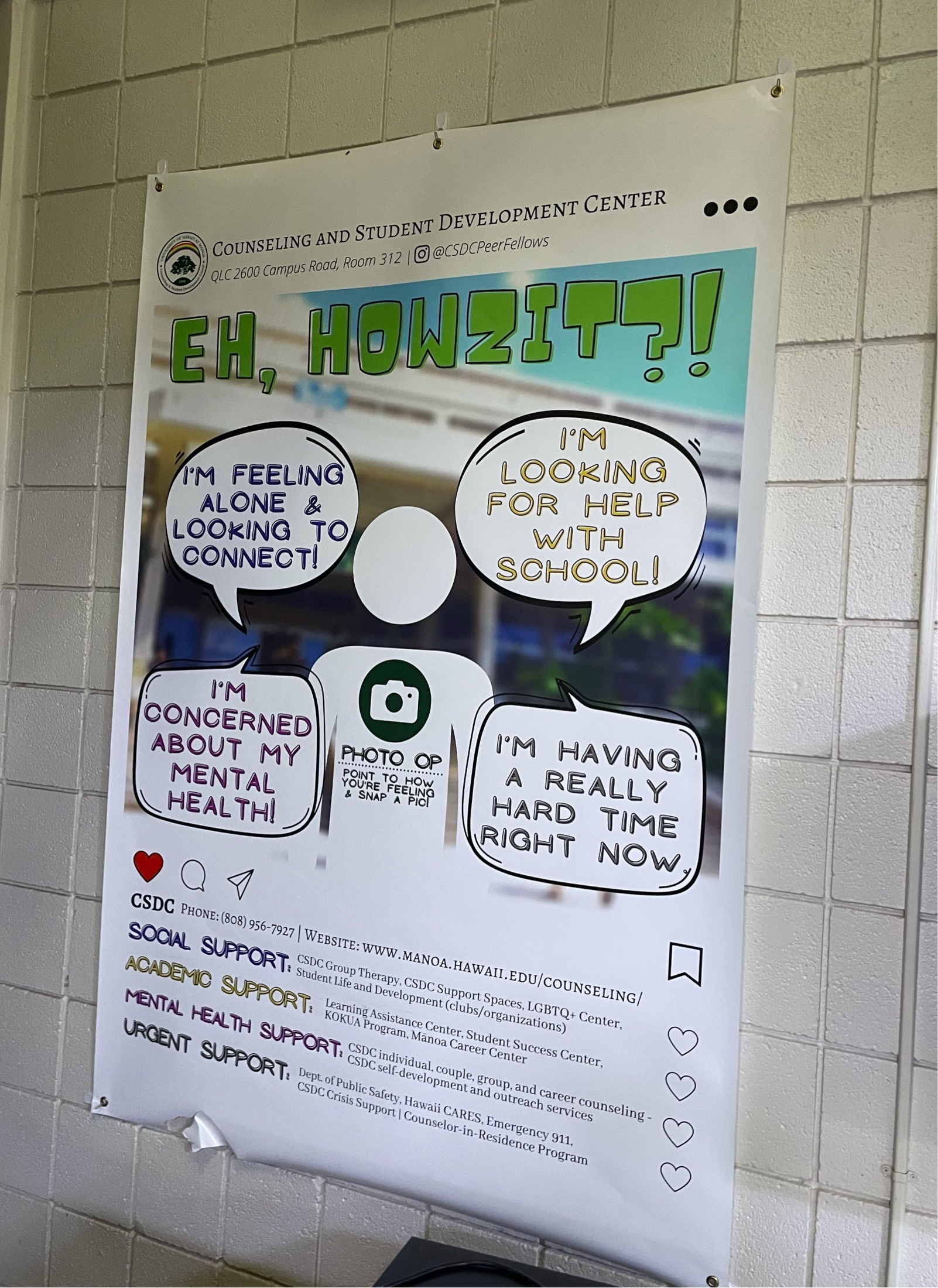
|
42632
|
|
United States
Honolulu
|
|
|
(SP) this is an impermanent paper poster on the wall in a dorm building, in the domain of community living/education. At the top is says “eh, howzit?” which is a common Pidgin phrase used to ask what’s up or how’s it going. However in this case, it’s used on a poster advertising mental health and academic resources, so it really is asking “how’s it going? Are you ok?”. This poster is in a dorm with people from all over the world, so the majority of it is in English so that it can be understand by more people. The Pidgin may have been added to add more of a sense of “Hawaiian” and grab people’s attention.
|
Multilingual Hawaiʻi
|
|
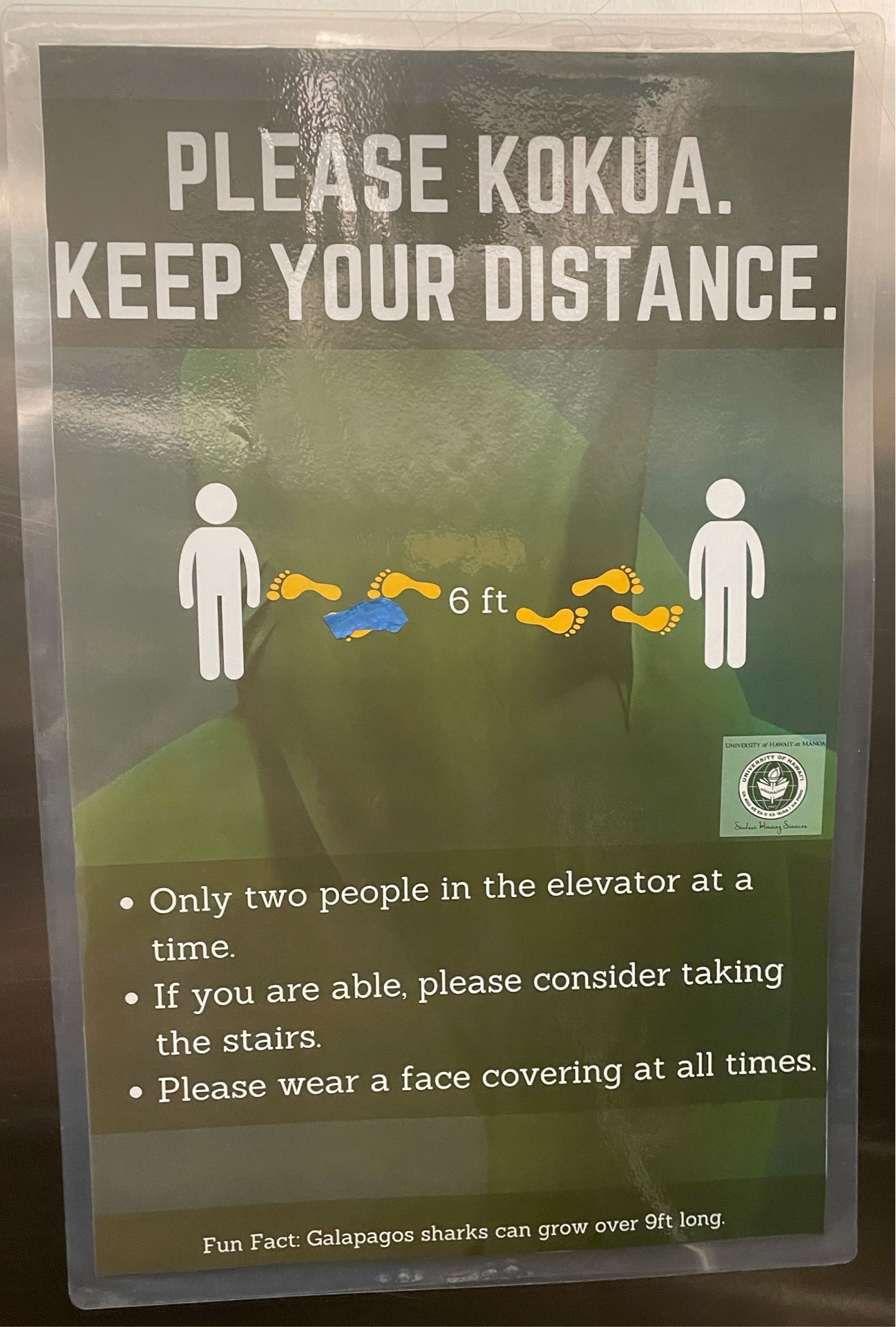
|
42631
|
|
United States
Honolulu
|
|
|
(SP) this is an impermanent plastic and paper sign in our elevator in the domain of shared living/education. It uses the word Kokua as in please help (the community). It’s reminding people to social distance during Covid. The majority of the sign is in English because it needs to be understood by everyone who lives here, who may or may not be from Hawai'i. The meaning of Kokua isn’t too hard to figure out even if you aren’t from Hawai'i, and it may have been added to add a more “Hawaiian” atmosphere to the dorm and also because Kokua is an important and commonly heard concept in Hawai'i.
|
Multilingual Hawaiʻi
|
|

|
42630
|
|
United States
Honolulu
|
|
|
(SP) This is a photo of a bench on a corner in the domain of a public park. It is permanent and it’s medium is stone. It is a quote in Hawaiian and I’m not sure what it’s saying, though it may be a popular or familiar quote among Hawaiian speakers, or it could just be a one off quote that was added for decoration. It is clearly made for Locals who understand Hawaiian, because anyone who can’t speak the language obviously won’t get much from it. It’s meant to make the bench and stone structure more beautiful and connected to the state of Hawai'i and its history.
|
Multilingual Hawaiʻi
|
|